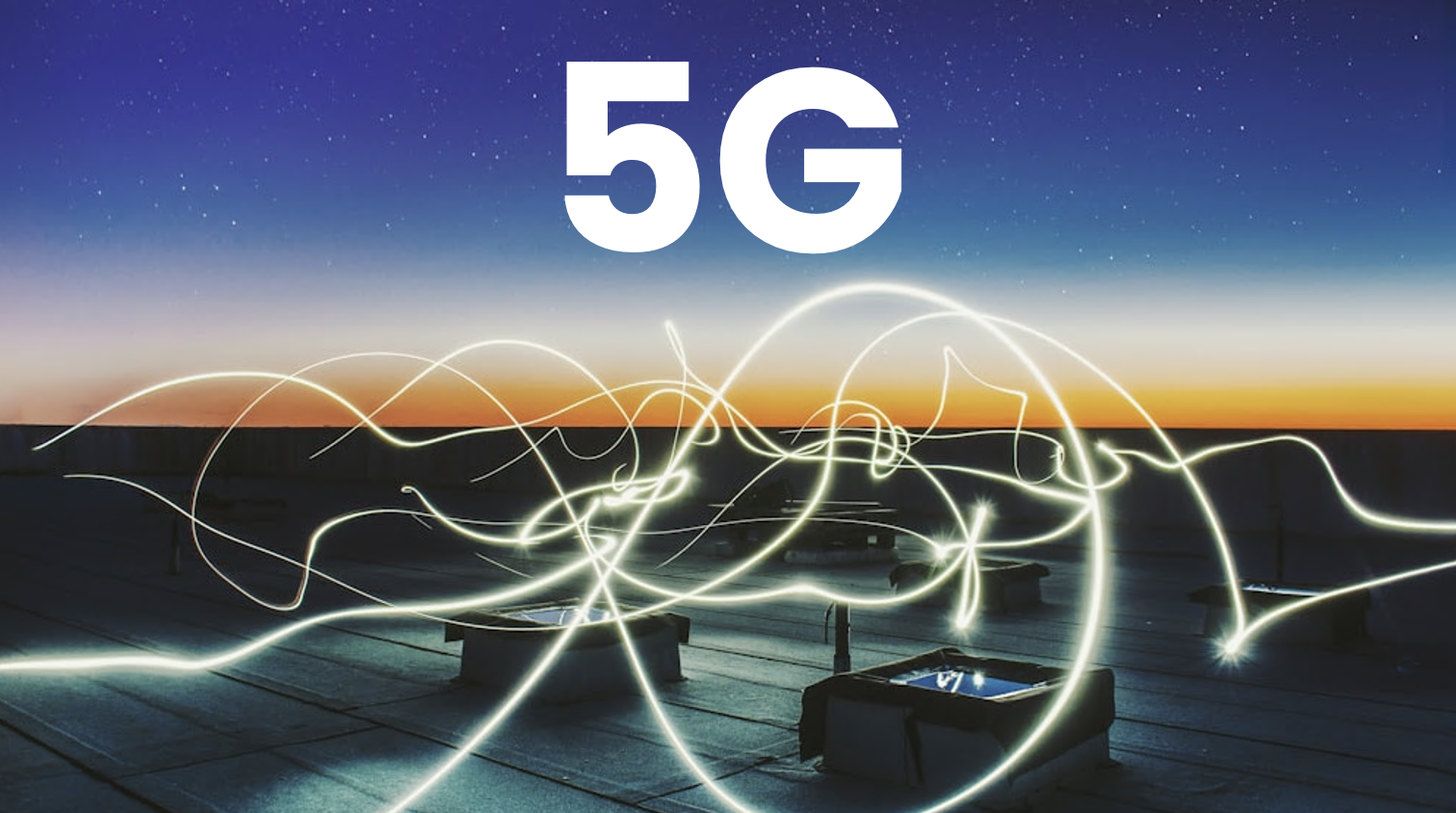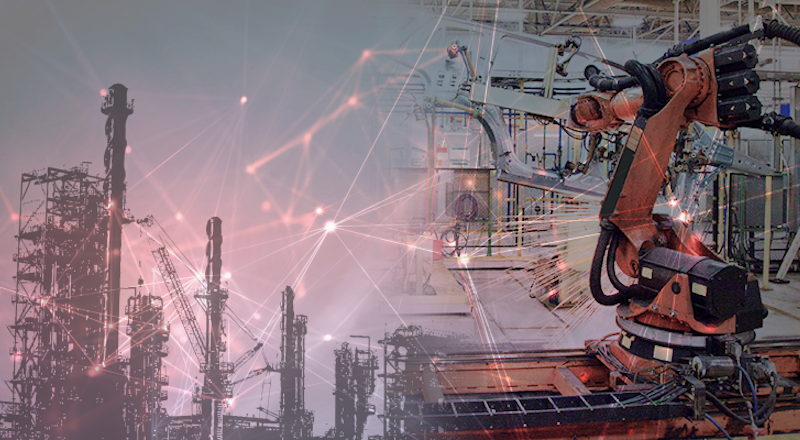
Edge Computing is one of the latest buzz expressions in the ICT world, along with IoT, big data and artificial intelligence.
What is Edge Computing?
Edge computing refers to providing data processing power at the edge of a network, near where the data is produced and collected, as opposed to transferring the raw data to the cloud, or a central data warehouse, for processing. “So what?” you may well ask. “Why do we need yet more ways for processing and storing data?” or “Why not let all the sensors send their data over the network to a cloud?” The fact is that a lot of data is produced at the edge, and this trend is predicted to massively accelerate. Furthermore, even if you could send all of this data reliably AND securely to a cloud, in many cases this data would lose its value by taking too long to be processed. In some cases this is not important, but in others it is critical. If you want to know whether someone is hacking a critical infrastructure, or want to adjust light intensity to improve the safety of motorists, you need the most up-to-date information. Waiting for the data to make its way back to a cloud or data centre for analysis is likely not to be good enough or safe enough.
Edge computing can take the form of micro data centres or small machines placed in remote locations, or at the edge of the network, to provide real-time insights into data. It then acts as an aggregator or a gateway when operated in conjunction with wireless sensor networks, high-definition audio or video equipment and so on.
In a nutshell, edge computing enables the transformation of data into information, at the edge. The benefits are considerable:
- Access all of the data, without network limitation
- Provide a new line of defence against cyber attacks
- Improve responsiveness of systems, taking advantage of local decision-making capabilities
- Anonymise data during the transformation process, avoiding data privacy issues
- Massively reduce network usage, since only processed and valuable information is transferred from the edge to the cloud and back
- Reduce costs in operations and centralise resource needs
Now let’s look at a few concrete applications of edge computing.
Examples of Edge Computing
Mobility
Next generation systems, embedded with high density connected components, promise to be an enormous source of data. For example, the C-Series, the latest airplane by Bombardier, could be producing over 844 TB of data per 12 hours flight. Clearly, airlines operating fleets of this type of craft will be faced with a deluge of data.
It is not realistic, nor sensible, to transfer, store and process this much data. Analysis applications need structured information instead, in order to predict important events and derive significant trends. This information, using edge computing, could be produced from the raw data, closer to the components or system generating the data. In this example of the C-Series, the aircraft itself is probably the right place to perform this type of data transformation.
Closer to the ground, tramway systems can leverage data from sensors along the route to improve safety and service for commuters. Take a look at the work of the ELASTIC project to get an idea of what can be done. The software architecture is being tested in the city of Florence, Italy, and equips tram vehicles with V2X communication and a variety of detectors aimed at improving traffic management, allowing predictive maintenance and enhancing the tramway operation.
Smart Public Lighting
Another example of smart use of data at the edge is the ability to control street lighting based on traffic level. Here, light intensity is adjusted in real time, based on the volume of traffic passing. This not only ensures safety for motorists and pedestrians, it also offers a huge opportunity to municipalities and transport ministries to reduce energy bills and meet environmental targets. If you would like to read more about this example, take a look at our City Use Case page.
Retail
Retail stores are struggling to keep up with on-line commerce. To close the gap between e-commerce analytics and in-store analytics, stores can implement an edge computing strategy. By using video analytics software, including AI, for facial recognition, such a solution could provide a near real-time notification mechanism to alert store staff when opted-in customers enter the store. This could provide customers with the personalised shopping experience they are looking for. In addition, real-time, anonymised behaviour analytics can give store managers a deeper understanding of customer behaviour and provide date to improve store layout etc. Take a look at our retail use case for a deeper understanding.
Edge Computing at SixSq
Coming from a cloud computing background, we have long realised that the benefits of cloud computing could be miniaturised into a platform now called edge computing. Our NuvlaEdge software creates a hyperconverged edge computing solution. The example above on smart lighting is a fully integrated solution developed in partnership with Schréder. Our direction of travel will lead us to more miniaturisation to enable further smart city and Industry 4.0. Keep posted!
If you have any comments or questions about this topic, don’t hesitate to get in touch with the SixSq team.


